An Overview of Destination Entry Postal Drop Shipping
Home / An Overview of Destination Entry Postal Drop Shipping
In early 1991, the Postal Service introduced a new work-sharing and cost-saving opportunity for high volume mailers of standard mail (i.e. advertising class or 3rd class) which came to be known as “destination entry postal drop shipping.”

In this model, mailers prepare pallets of pre-sorted finished mail and ship the pallets directly to USPS distribution facilities across the nation at their own cost. This essentially bypasses a significant (and resource-intensive) portion of the postal processing workflow and “drops” the mail directly into the distribution leg of the postal network. Not only does this reduce workload and resource demands for the Postal Service, it substantially improves in-home performance for advertising class mailings. In exchange for the reduction on Postal Service resources, mailers are granted postage discounts which – in most cases – create positive net savings for the mailer (compared to traditional full rate postage costs.)
Destination Entry Cost Savings for Mailers
Postage Discounts – Shipping Costs = Net Savings
Consolidation and Truckload Service
In the consolidation model, palletized destination entry mail is brought to a cross-dock facility and combined with other palletized mail going to common NDC / SCF facilities nationwide.
The truckload model bypasses the cross-dock facility entirely. In this model, especially large mail volumes from a single origin facility (such as a lettershop) are loaded into over-the-road trucks and sent directly to NDC / SCF facilities. Where mail volumes allow, and to maximize shipping efficiencies, logistics companies will load dedicated truckloads for a logical route to multiple NDC / SCF facilities.
Co-mingle and Co-pal
In the co-mingling model, mail needn’t be presorted or palletized. It can be sent as-is directly to a commingling facility where advanced inline machining processes sort and combine a variety of mail into pre-sort order. The combined mail is then placed in trays and palletized for shipment to NDC / SCF facilities.
In the co-palletization model, pre-sorted mail in trays is placed alongside other mail upon pallets for shipment to NDC / SCF facilities.
Strictly speaking, co-mingle and co-pal are not destination entry options, nor are they shipping options. Rather, they allow smaller volume mailers (or mailings) to capture some of the postal savings associated with destination entry drop shipping.
LTL (less-than-truckload)
In the LTL model, mail is presorted, placed in trays (or sacks), and palletized for shipment to NDC / SCF facilities nationwide. An LTL carrier (such as FedEx Freight) is dispatched directly to the origin facility to pickup the palletized mail, and delivers the mail directly to USPS destination facilities using their own distribution network. For many mailers, LTL offers the greatest benefits in terms of production flexibility, cost-savings, and delivery performance.
The next article in this series will provide additional insight on the Consolidation and Truckload models, with subsequent articles covering Co-mingle / Co-pal and LTL shipping respectively.
DID YOU KNOW? Getting a quote from Truck Direct Mail is integrated directly into BCC Mail Manager as a simple two-step process.
Click here for instructions on setting up Truck Direct Mail.

